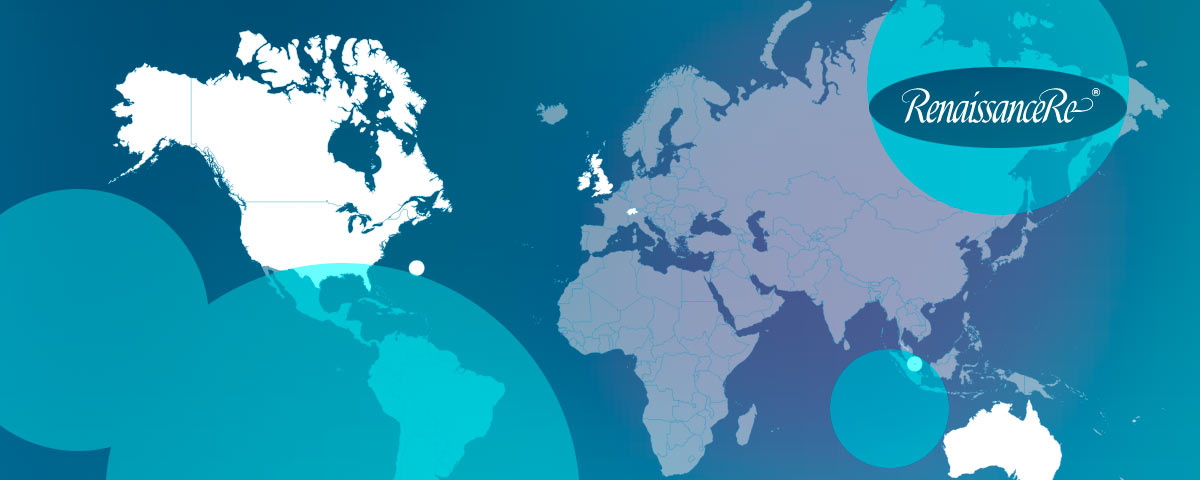Reinsurance rates in the Asia-Pacific region will stay soft through 2025.
Fitch Ratings’ latest Asian Reinsurance Monitor points to expanded capacity and a plentiful retrocession market as the drivers, which fuels competition and raises the risk of underpricing in an environment already marked by complex catastrophe exposures. The agency flagged bigger trouble ahead.
Fitch has shifted its global reinsurance outlook for 2026 to “deteriorating” from “neutral” in 2025, warning that business conditions could weaken even if they remain broadly supportive for reinsurers.
APAC reinsurers enter the year on stable footing. Fewer catastrophe losses early in 2025 and strong earnings in recent cycles helped trigger rate reductions in renewals.
But the upside may not last. Climate volatility, extreme weather, and emerging risks could destabilise models and spark sharp swings in loss development.
Capacity hasn’t been an issue.
According to Fitch, reinsurers in the region continue to meet cedant demand thanks to steady underwriting profits, stable investment income, and orderly retrocession. That flexibility lets them adjust portfolios with relative ease.
The competition is forcing strategic choices. Some reinsurers are loosening underwriting standards to defend market share.
Others are doubling down on discipline, pulling back catastrophe exposures and tightening risk management in order to protect margins. Fitch also noted a pivot toward alternative risk transfer.
More APAC players are experimenting with catastrophe bonds and similar structures, moves reinforced by government initiatives in Hong Kong and China to support the insurance-linked securities market.
The agency’s conclusion lands hard: even with robust capitalisation, reinsurers in Asia-Pacific will need to keep innovating as climate risks and evolving exposures reshape the landscape.









